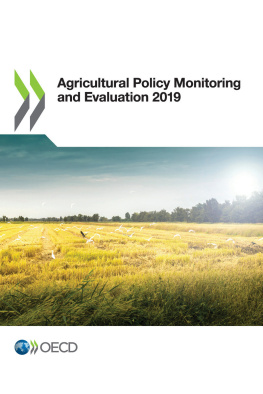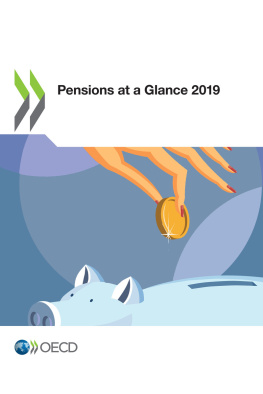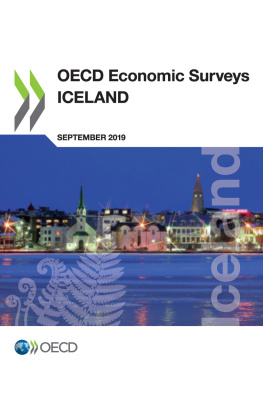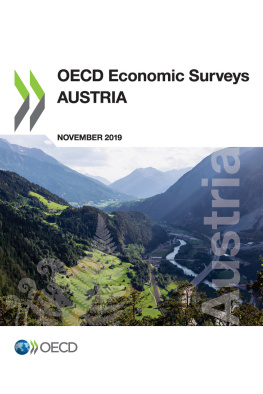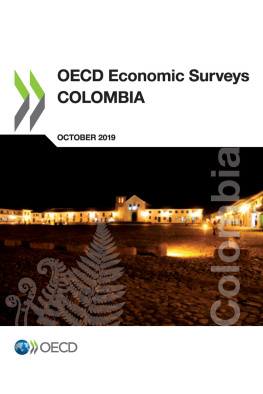OECD Economic Surveys: Luxembourg 2019
Please cite this publication as:
OECD (2019), OECD Economic Surveys: Luxembourg 2019 , OECD Publishing, Paris, https://doi.org/10.1787/424839c1-en .
Metadata, Legal and Rights
ISBN: 978-92-64-48031-5 (print) - 978-92-64-32847-1 (pdf) - 978-92-64-32852-5 (HTML) - 978-92-64-42861-4 (epub)
DOI: https://doi.org/10.1787/424839c1-en
OECD Economic Surveys
ISSN: 0376-6438 (print) - 1609-7513 (online)
OECD Economic Surveys: Luxembourg
ISSN: 1995-3720 (print) - 1999-0782 (online)
This document, as well as any data and any map included herein, are without prejudice to the status of or sovereignty over any territory, to the delimitation of international frontiers and boundaries and to the name of any territory, city or area.
The statistical data for Israel are supplied by and under the responsibility of the relevant Israeli authorities. The use of such data by the OECD is without prejudice to the status of the Golan Heights, East Jerusalem and Israeli settlements in the West Bank under the terms of international law.
This Survey is published on the responsibility of the Economic and Development Review Committee of the OECD, which is charged with the examination of the economic situation of member countries.
The economic situation and policies of Luxembourg were reviewed by the Committee on 6 May 2019. The draft report was then revised in the light of the discussions and given final approval as the agreed report of the whole Committee on 22 May 2019.
The Secretariats draft report was prepared for the Committee by lvaro Pina, Jan Strasky, and Christina Timiliotis, under the supervision of Pierre Beynet. The Survey also benefitted from consultancy work by Guillaume Claveres. Statistical research assistance was provided by Paula Adamczyk and editorial support was provided by Poeli Bojorquez.
The previous Survey of Luxembourg was issued in June 2017.
Photo credits: Cover iStockphoto.com/Bogdan Lazar.
Corrigenda to OECD publications may be found on line at: www.oecd.org/about/publishing/corrigenda.htm .
OECD 2019
You can copy, download or print OECD content for your own use, and you can include excerpts from OECD publications, databases and multimedia products in your own documents, presentations, blogs, websites and teaching materials, provided that suitable acknowledgement of OECD as source and copyright owner is given. All requests for public or commercial use and translation rights should be submitted to .
Executive Summary
Growth has been robust and well-being is high
The economy has continued to expand rapidly (Figure A). GDP grew by 2.6% in 2018, mainly underpinned by private consumption. Over most of the past decade, GDP growth in Luxembourg has strongly outpaced the euro area average. Coupled with other strengths, such as relatively low gender inequality and a healthy work-life balance, high income levels are a mainstay of Luxembourgs well-being.
Figure A. Post-crisis economic performance has been strong

Source: OECD Economic Outlook: Statistics and Projections (database), June.
StatLink http://dx.doi.org/10.1787/888933950981
However, slower growth is projected (Table A), and there are downside risks. In case of a slowdown, the authorities should allow automatic stabilisers to operate. A fiscal stimulus could be envisaged in case of a severe downturn, which might result from rising trade tensions and financial volatility. Building on recent measures, one option to stimulate the economy could be to further reduce taxes on low wages, which would have the side-benefit of making the labour market more inclusive by favouring job insertion of low-skilled workers.
Table A. The expansion is projected to continue |
|---|
(Annual growth rates, unless specified) | 2018 | 2019 | 2020 |
|---|
Gross domestic product (GDP) | 2.6 | 2.0 | 2.5 |
Private consumption | 4.2 | 2.8 | 3.6 |
Government consumption | 4.0 | 4.3 | 3.2 |
Gross fixed capital formation | -2.8 | 5.5 | 4.5 |
Exports of goods and services | 4.6 | 3.8 | 4.1 |
Imports of goods and services | 5.1 | 4.4 | 4.8 |
Unemployment rate (% of labour force) | 5.5 | 5.2 | 5.1 |
Consumer price index | 2.0 | 1.7 | 1.9 |
Source: OECD Economic Outlook. |
Reducing households and banks financial risks should be a priority
Rising household indebtedness creates vulnerabilities for some families and some banks. Mortgage debt has continuously increased in line with rising house prices (Figure B), creating a high debt service burden for a larger share of households than in most other countries. Though the regulator has imposed higher capital buffers, domestic banks have large exposures to the residential real estate market, which is a source of risk. Introducing borrower-based macroprudential instruments, such as caps to loan-to-value or debt service-to-income ratios, as envisaged in draft legislation, would help avoid the further build-up of vulnerabilities.
Figure B. Real house prices are growing strongly
Index 2007 = 100, s.a.

Source : OECD, Analytical house prices indicators database.




